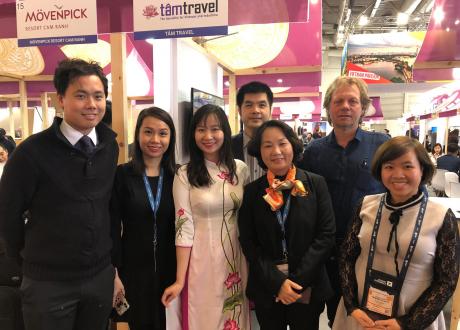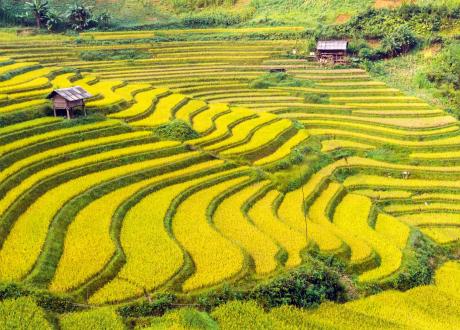Perhaps you will have many questions when traveling in Vietnam. Internet access? Food & drink? Tipping? shopping? All you want to get to know is offered in this blog!
Getting around
When traveling by road in Vietnam, 16-40 seat air-conditioned are used for groups of six or more travelers. Modern sedan cars and minibuses are used for smaller groups. A mix of boats, bicycles, cyclos and your own two feet are used to explore Vietnam's towns, while domestic flights are sometimes used, with modern aircrafts. Flight schedules might be changed in Vietnam, which may alter travel plans.
You can use metered taxis to get around Vietnam's larger centers; however it is important to use reputable taxi companies to minimize the risk of scams.
Internet access & communication
Internet access is prevalent throughout Vietnam, and is very affordable. Free Wi-Fi can be found in hotels, bars, restaurants and café everywhere in the cities.
International phone call charges from Vietnam have decreased tremendously over the past few years. If you need to call from a hotel, it is advisable to check first with the reception.
You can use your cell phone in Vietnam, although you will need to contact your service provider prior to traveling to enable global roaming. You can also opt to purchase a local 3G SIM card when you arrive.
Food & drink
Vietnam's famous cuisine is a feast for the senses, with deliciously fragrant herbs and fresh local produce used in abundance. The fresh seafood is a highlight, and the variety of dishes found in Vietnam's different regions is a revelation.
Rice and noodles are staples, and a French influence can be found, particularly with the freshly baked baguettes found in every local market, often used to make a delicious local sandwich called banh mi. Be sure to sample the fresh, tasty spring rolls with their varied fillings, experience the fragrant, nourishing soup dish, pho, and try regional dishes such as the Hanoi fish dish, cha ca.
It is important to be aware that uncooked ingredients pose more of a risk of stomach upsets than cooked dishes. Tap water should be avoided, though bottled water is available everywhere and often provided free in hotel rooms.
Shopping
All sorts of goods and manufactured products can be found in Vietnam. From high-tech products to local handicraft products (lacquer ware, painting, silk, wood and stone art works etc.). Main cities have an abundance of small shops and big shopping centers. Those who plan to bring back souvenirs are therefore advised to travel light.
Prices displayed are usually fixed, but in other cases, bargaining is a fact of life in Vietnam!
Tipping
Tipping is not mandatory although it is appreciated. Note that prices in hotels and restaurants usually include 10% for VAT and 5% for service charges
Swimming
Swimming in various locations throughout Vietnam is most often considered safe. Occasionally, jellyfish can be found in the waters around Vietnam, most likely from June to August in the north, and in August and September in the south. It is still possible to swim in these months, but is best remain alert and cautious.
Driving
In Vietnam, we drive on the right side. An international Driving license is not valid. Only owners of a Vietnamese driving license are allowed to drive a car. Without talking about insurance matters, renting a motorbike is possible although not recommended due to the dense traffic in main cities such as Hanoi and Ho Chi Minh City.







